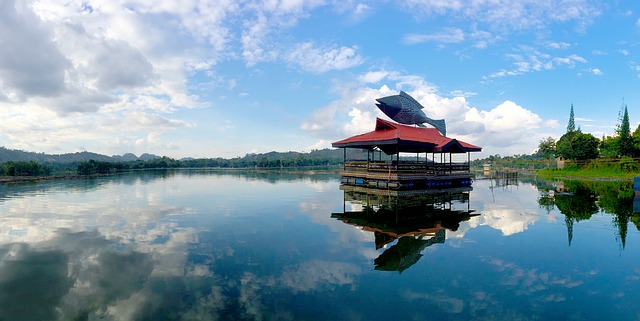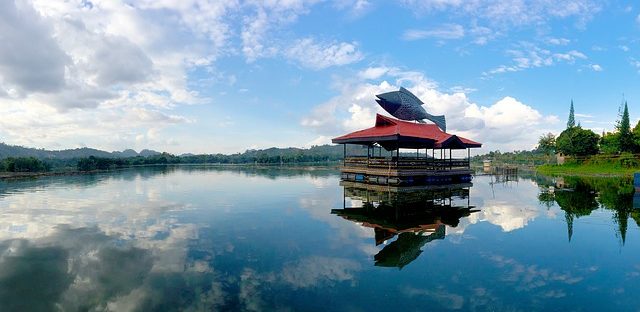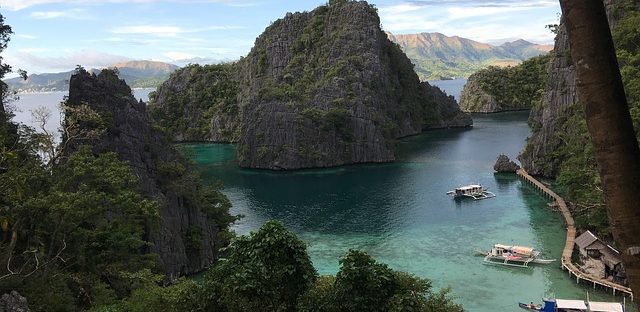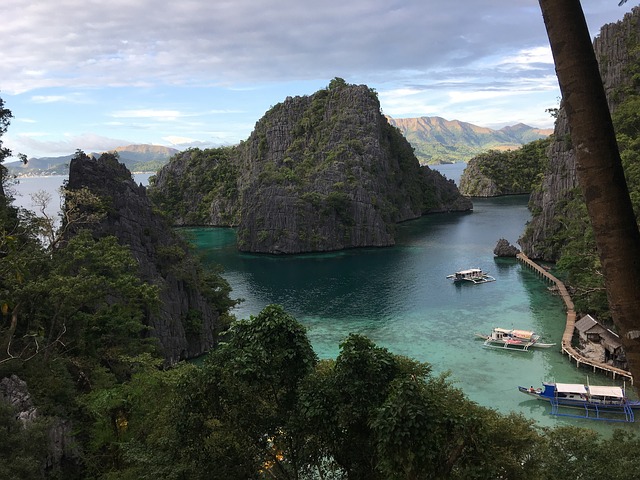- Target: Bring renewable, off-grid electricity and clean water to remote, conflict impacted communities in rural Mindanao.
- Status: Achieved
- RES: Solar photovoltaic (PV) battery chargers, PV solar home systems of 20-50 watt-peak, 210-300 watt-peak community PV systems for schools, health centers, and community centers, and 20-45 kilowatt micro-hydro systems.
- Implementation: Since 2009, the Alliance for Mindanao Off-Grid Renewable Energy (AMORE) has supplied electricity to over 13,000 households in more than 400 barangays (villages) in 12 provinces, most of which are in the Autonomous Region of Muslim Mindanao. AMORE is implemented by Winrock International and funded by the United States Agency for International Development, the Department of Energy, the former Mirant Philippines Foundation, and Sunpower Foundation. To be qualified for the program, communities have to be low-income but show potential for economic development, and be at least 5 kilometers from an existing electricity grid connection. The AMORE program trains local community members to manage and efficiently run their own renewable electricity installations. They would form Barangay Renewable Energy and Community Development Associations (BRECDAs), where citizens would build skills and knowledge necessary for community development. Each BRECDA chooses their own leaders and rules, raises their own money, and completes the proper government registration of their organization. Women and children are encouraged to participate, and BRECDAs organize locally and regionally to share best practices and resources. Through the AMORE program people also learn about the importance of water and other natural resources for their livelihood.Most of the program's projects have been funded by subsidised grants but AMORE is now helping local renewable energy providers to develop economically sustainable business models. One example of an AMORE project is Lam-Alis is a small rural community located in the province of Sultan Kudarat. The program helped create a 9 kilowatt, off-grid micro-hydro source for electricity using the local creek, supplying power to more than 80 households. The local people created a membership group called the Lam-alis Christian-B’laan Renewable Energy Association (LACREA) to administer the project, along with a clean drinking water program. LACREA collects PHP100.00 per month (USD2.3/month) for electricity and PHP10 each month (USD0.23/month) for water from community members who opt for the service. Failure to pay risks having electricity cut off. By March 2011, LACREA accumulated more than three hundred thousand pesos (USD7,000). In addition to membership fees and electricity and water payments, the association earns extra income from a corn mill, a fish pond and a lending business, which they created to take advantage of the cheaper micro-hydro sourced electricity. LACREA is purchasing and lending out battery systems to households to connect to the micro-hydro plant.
- Population: 25,537,691 (2018)
- Area: 97,530 km2 (37,660 sq mi)
- Link: A long road for renewable energy in Mindanao



